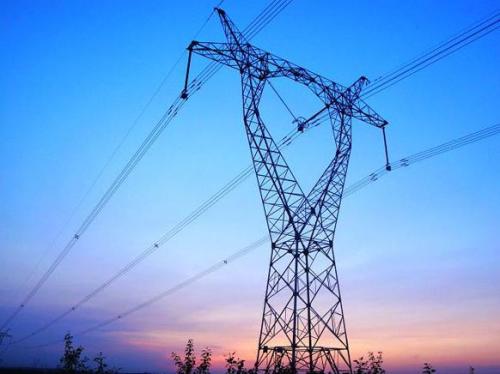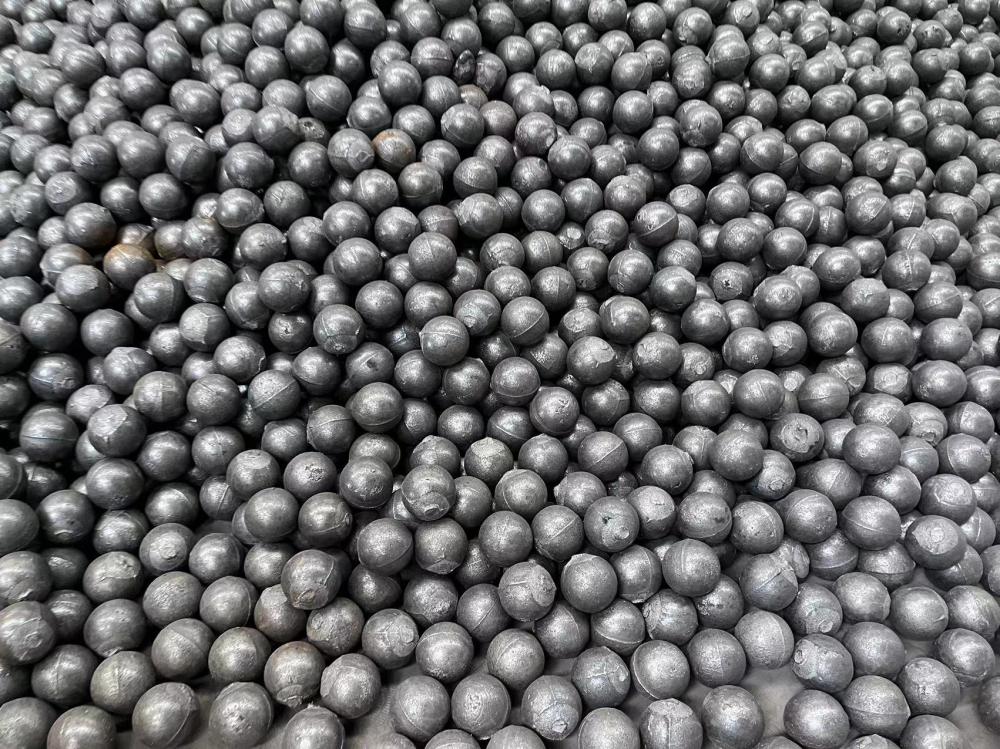 With the rapid evolution of smart grids, traditional principles that power companies and suppliers once relied on are now being redefined. To ensure a sustainable, coordinated, and long-term development of smart grids, robust technical standards have become essential. Recently, the reporter had an in-depth conversation with Mr. Samuel Sciacca from the IEEE 2030 Working Group, focusing on smart grid standards. Here's what he shared:
Samuel Sciacca: Joint Chair of the IEEE 2030 Working Group, Power System Network Security Expert, and member of IEEEP1686 and PC37.240 Working Groups.
Reporter: Many countries, including China, are pushing forward smart grid initiatives. Is there a universally accepted definition for a smart grid? What kind of standards can be achieved?
Sciacca: While defining a smart grid is important, it’s not the main focus. Standards play a more critical role in enabling its development. Each country has unique needs and priorities, so creating a single global definition might not be practical. However, common goals like integrating renewable energy, managing electricity demand, and enhancing user interaction do exist globally. Standards that support cross-border solutions will benefit many stakeholders.
Reporter: China is facing challenges in renewable energy integration. What are the biggest obstacles in energy storage and utilization?
Sciacca: The main challenge lies in aligning energy storage technologies with different types of renewables and local climate conditions. There’s no one-size-fits-all solution. For example, Europe has less need for energy storage due to lower air conditioning demand, while large cities in Asia face urgent needs. In the U.S., energy storage helps balance supply and demand throughout the day, while in Germany, it must support multiple days of solar generation after storms.
Reporter: What technical standards does IEEE offer for energy storage, distributed generation, and microgrids?
Sciacca: IEEE 1547 is a key standard addressing distributed generation and new energy grids. It covers communication, protection, security, control, and grid visibility. These standards have been widely adopted by other organizations. IEEE 1547.8, for instance, solves two major issues—reactive power control and voltage regulation—common in new energy systems.
Reporter: How are microgrid and distributed energy standards developing globally?
Sciacca: The integration of energy storage, microgrids, and distributed generation depends on factors like EV density, consumer demand, infrastructure, and climate. Standards are crucial here. As these systems become more complex, standardization will be even more important than individual technologies.
Reporter: Are there differences in smart grid development across regions, especially in energy storage and distributed generation?
Sciacca: I prefer to say “focus†rather than “differences.†For example, Brazil has smaller household loads and less emphasis on storage or demand management compared to China or North America. Australia prioritizes solar, while Nordic countries focus on other renewables. Even within the same country, like the U.S., regional needs vary significantly.
Reporter: What role does IEEE play in China’s smart grid development? Any advice for Chinese institutions?
Sciacca: IEEE has actively contributed to China’s smart grid progress, sharing global expertise and collaborating with local experts. China National Grid and CEPRI have participated in IEEE working groups. This collaboration allows global knowledge exchange and helps shape international standards. Chinese companies, like those involved in IEEE 1888 for building automation, are making significant contributions.
IEEE opened an office in Beijing in 2010 to strengthen ties. Over the years, we’ve held numerous conferences in China, meeting with key players like the Ministry of Industry, State Grid, CEPRI, and Datang. Through these exchanges, stakeholders in China share common goals with governments, utilities, and private sectors. I believe China’s involvement will greatly benefit global smart grid standards. I encourage more participation from Chinese institutions in the future, as it benefits everyone involved.
With the rapid evolution of smart grids, traditional principles that power companies and suppliers once relied on are now being redefined. To ensure a sustainable, coordinated, and long-term development of smart grids, robust technical standards have become essential. Recently, the reporter had an in-depth conversation with Mr. Samuel Sciacca from the IEEE 2030 Working Group, focusing on smart grid standards. Here's what he shared:
Samuel Sciacca: Joint Chair of the IEEE 2030 Working Group, Power System Network Security Expert, and member of IEEEP1686 and PC37.240 Working Groups.
Reporter: Many countries, including China, are pushing forward smart grid initiatives. Is there a universally accepted definition for a smart grid? What kind of standards can be achieved?
Sciacca: While defining a smart grid is important, it’s not the main focus. Standards play a more critical role in enabling its development. Each country has unique needs and priorities, so creating a single global definition might not be practical. However, common goals like integrating renewable energy, managing electricity demand, and enhancing user interaction do exist globally. Standards that support cross-border solutions will benefit many stakeholders.
Reporter: China is facing challenges in renewable energy integration. What are the biggest obstacles in energy storage and utilization?
Sciacca: The main challenge lies in aligning energy storage technologies with different types of renewables and local climate conditions. There’s no one-size-fits-all solution. For example, Europe has less need for energy storage due to lower air conditioning demand, while large cities in Asia face urgent needs. In the U.S., energy storage helps balance supply and demand throughout the day, while in Germany, it must support multiple days of solar generation after storms.
Reporter: What technical standards does IEEE offer for energy storage, distributed generation, and microgrids?
Sciacca: IEEE 1547 is a key standard addressing distributed generation and new energy grids. It covers communication, protection, security, control, and grid visibility. These standards have been widely adopted by other organizations. IEEE 1547.8, for instance, solves two major issues—reactive power control and voltage regulation—common in new energy systems.
Reporter: How are microgrid and distributed energy standards developing globally?
Sciacca: The integration of energy storage, microgrids, and distributed generation depends on factors like EV density, consumer demand, infrastructure, and climate. Standards are crucial here. As these systems become more complex, standardization will be even more important than individual technologies.
Reporter: Are there differences in smart grid development across regions, especially in energy storage and distributed generation?
Sciacca: I prefer to say “focus†rather than “differences.†For example, Brazil has smaller household loads and less emphasis on storage or demand management compared to China or North America. Australia prioritizes solar, while Nordic countries focus on other renewables. Even within the same country, like the U.S., regional needs vary significantly.
Reporter: What role does IEEE play in China’s smart grid development? Any advice for Chinese institutions?
Sciacca: IEEE has actively contributed to China’s smart grid progress, sharing global expertise and collaborating with local experts. China National Grid and CEPRI have participated in IEEE working groups. This collaboration allows global knowledge exchange and helps shape international standards. Chinese companies, like those involved in IEEE 1888 for building automation, are making significant contributions.
IEEE opened an office in Beijing in 2010 to strengthen ties. Over the years, we’ve held numerous conferences in China, meeting with key players like the Ministry of Industry, State Grid, CEPRI, and Datang. Through these exchanges, stakeholders in China share common goals with governments, utilities, and private sectors. I believe China’s involvement will greatly benefit global smart grid standards. I encourage more participation from Chinese institutions in the future, as it benefits everyone involved.Features of cast steel balls include:
1. High hardness: Cast steel balls have a high hardness, usually in the range of 60-65 HRC, which makes them have strong wear resistance when grinding materials.
2. Good impact resistance: Cast steel balls have good impact resistance and can withstand large impact forces without rupture or deformation.
3. High wear resistance: The Cast Steel Ball has high wear resistance and can maintain its shape and surface quality for a long time in the process of grinding materials, reducing wear and damage.
4. Uniform hardness distribution: The hardness distribution of the cast steel ball is relatively uniform, which can provide a more stable grinding effect and reduce the phenomenon of over-grinding and under-grinding of the material.
5. Good corrosion resistance: Cast steel balls are usually made of high-alloy steel materials, which have good corrosion resistance and can be used for a long time in humid and corrosive environments.
6. Wide applicability: Cast steel balls can be used in various grinding equipment and processes, such as ore mills, cement mills, ball mills, etc., suitable for grinding materials with different hardness and properties.

7. Simple production process: The production process of casting steel balls is relatively simple, the cost is low, and it can meet the needs of large-scale production.
In general, the cast steel ball has the characteristics of high hardness, good impact resistance, high wear resistance, uniform hardness distribution, good corrosion resistance and wide applicability, and is widely used in the grinding process of mining, cement, building materials and other industrial fields
Cast Iron Grinding Ball,Medium Chrome Steel Ball,High Chromium Alloy Ball,Hardware Grinding Tools
Xuzhou Surun wear-resistant material Co., LTD , https://www.suruntools.com